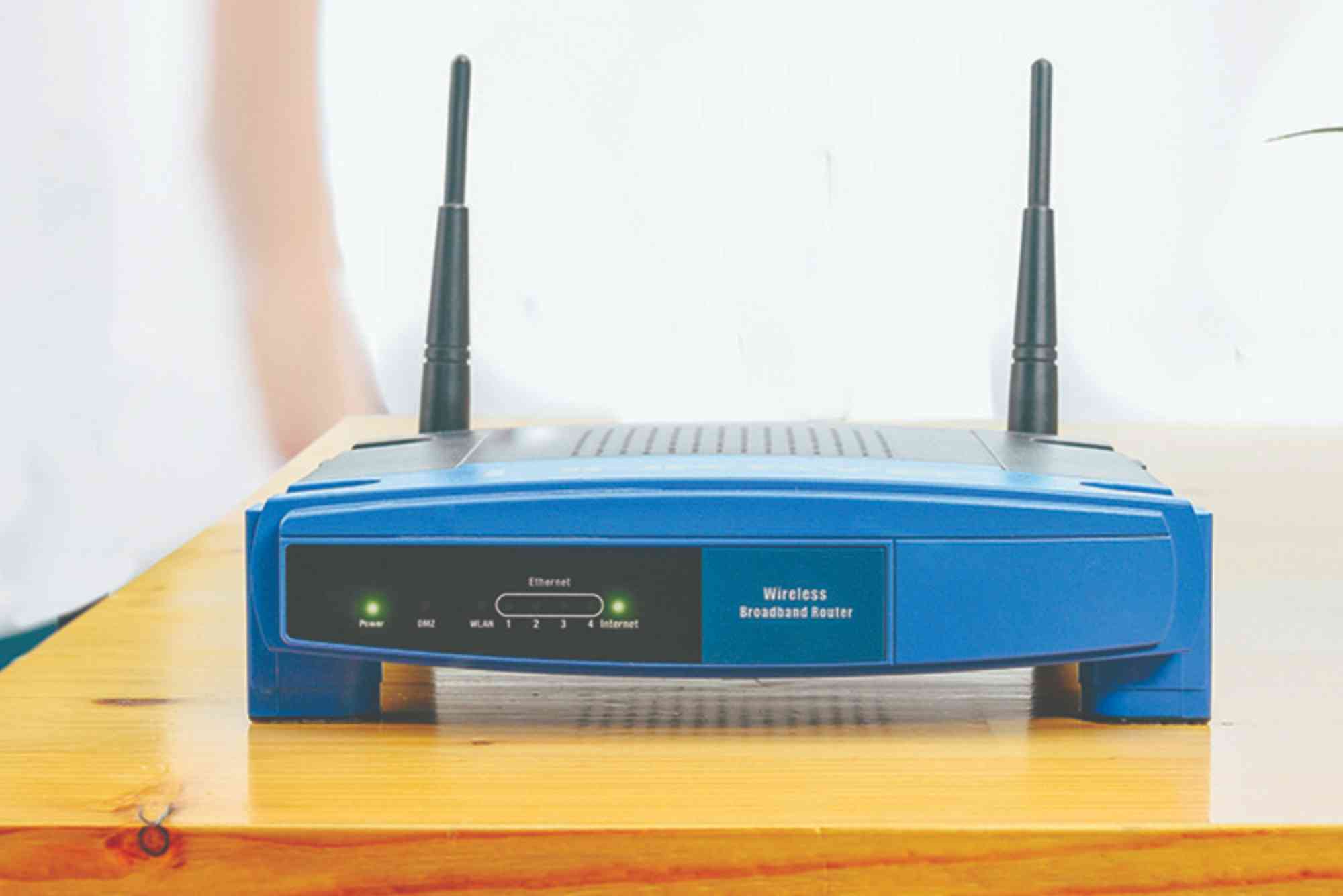Introduction
Distributed Denial-of-Service (DDoS) attacks are among the most disruptive cybersecurity threats facing businesses today. They can overwhelm your servers, slow down your applications, and damage your brand reputation. Knowing how to protect against DDoS attacks is no longer optional; it is essential. This article explains proven methods to safeguard your network, ensure uptime, and maintain customer trust.
By the end, you’ll understand the strategies, tools, and proactive measures needed to secure your systems. Whether you run a small business or manage a global enterprise, these steps will help you stay ahead of attackers.
Understanding DDoS Attacks
What Is a DDoS Attack?
A Distributed Denial-of-Service attack floods a network or server with excessive requests, causing it to slow down or crash. Attackers often use compromised devices, called botnets, to launch these massive assaults. Unlike a simple Denial-of-Service attack, DDoS attacks are harder to block because they originate from many sources simultaneously.
Why DDoS Attacks Are Dangerous
When your website or application becomes inaccessible, customers lose trust and revenue drops. Prolonged downtime can also affect search rankings and compliance obligations. For organizations like Orange Theory Mountain View and other service providers, a sudden outage could mean lost memberships, damaged reputation, and customer churn.
How to Protect Against DDoS Attacks
Implement Network Monitoring and Traffic Analysis
Continuous network monitoring helps you detect unusual spikes in traffic before they escalate. Using intrusion detection systems (IDS) or security information and event management (SIEM) tools, you can analyze patterns and block suspicious traffic. Proactive monitoring allows IT teams to respond to threats in real-time, reducing the impact of DDoS attempts.
Use a Web Application Firewall (WAF)
A Web Application Firewall adds a critical layer of protection between your users and your server. By filtering and blocking malicious HTTP traffic, a WAF can mitigate common attacks like SQL injection as well as certain types of DDoS attacks. Leading cloud providers offer managed WAF solutions to reduce deployment complexity and ensure 24/7 protection.
Leverage Content Delivery Networks (CDNs)
CDNs distribute your website’s content across multiple servers worldwide. This disperses the load and makes it harder for attackers to overwhelm a single point of failure. Additionally, many CDN providers include built-in DDoS mitigation features that can absorb and reroute massive traffic spikes.
Adopt Rate Limiting and Traffic Filtering
Rate limiting allows you to control the number of requests users can make in a given timeframe. Combined with IP filtering or geolocation-based blocking, rate limiting stops suspicious traffic before it reaches your critical systems. This is one of the simplest yet most effective ways to protect against DDoS attacks.
Ensure Redundant Infrastructure
Redundancy across multiple data centers or cloud regions improves resilience. Even if one server is under attack, others can handle legitimate traffic. Load balancing and failover systems also keep your applications running smoothly during a DDoS event.
Use DDoS Mitigation Services
Dedicated DDoS mitigation services offer specialized hardware and software to absorb and reroute harmful traffic. Providers like Cloudflare, AWS Shield, or Akamai Prolexic specialize in large-scale mitigation. For small businesses, managed service providers can implement affordable protection plans.
Develop an Incident Response Plan
Preparation is key. An incident response plan outlines the roles, responsibilities, and communication strategies for your team during an attack. Make sure your employees know how to escalate issues and involve stakeholders quickly. Periodic drills can help identify gaps in your defenses.
Best Practices for Long-Term Protection
Regular Security Audits and Vulnerability Testing
Routine penetration testing helps identify weak points before attackers exploit them. Combine automated scanning with manual testing for deeper insights. Patch vulnerabilities promptly and ensure all systems are updated.
Employee Training and Awareness
Human error remains a leading cause of security breaches. Train staff to recognize phishing attempts, social engineering, and signs of a potential DDoS attack. Clear communication channels help escalate suspicious activity fast.
Partnership with Reliable ISPs and Security Vendors
Your internet service provider plays a role in filtering malicious traffic before it reaches your network. Work with ISPs that offer built-in DDoS protection or collaborate with managed security providers like Dhanote Internet Services.
Scalable Infrastructure for Growth
As your business expands, so does your attack surface. Ensure your infrastructure scales with your traffic needs. Cloud-based architectures with auto-scaling capabilities can handle sudden surges more gracefully.
FAQ Section: Protecting Against DDoS Attacks
How do you stop a DDoS attack while it’s happening?
You can mitigate an active DDoS attack by redirecting traffic through a DDoS protection service, enabling rate limiting, and blocking offending IPs. Quick action and pre-planned procedures reduce downtime.
What’s the difference between DoS and DDoS?
A Denial-of-Service (DoS) attack comes from one source, while a Distributed Denial-of-Service (DDoS) attack involves multiple systems simultaneously. This makes DDoS harder to stop.
Are small businesses at risk of DDoS attacks?
Yes. Small businesses often have weaker security measures, making them attractive targets. Even a short outage can hurt revenue and customer trust.
How can cloud services help protect against DDoS?
Cloud services offer scalability, redundancy, and built-in DDoS protection features. They can absorb and reroute malicious traffic faster than on-premises systems.
How do I know if I’m under a DDoS attack?
Common signs include sudden slowdowns, unavailable websites, high CPU usage on servers, and abnormal spikes in network traffic. Monitoring tools can help confirm.
Stay Proactive and Secure
DDoS attacks will continue to evolve, but proactive measures can dramatically reduce their impact. By implementing traffic monitoring, using WAFs, leveraging CDNs, and working with reliable providers like Dhanote Internet Services, your organization can stay resilient against these threats.








